Examining the Chemical Composition of the Intricate World of Cable Jelly Compounds: a Deep Dive
Introduction: Deciphering Cable Jelly’s Riddle
The Unsung Hero in Telecommunications
When we consider the enormous network of cables linking our planet, we often ignore an essential element maintaining the seamless operation of these systems: cable jelly compounds. These basic chemicals are essential in maintaining the integrity of our communication system. I will take you on a trip through the intriguing world of cable jelly compounds in this thorough investigation, revealing their molecular mysteries and underlining their relevance in contemporary technologies.
A Complicated Combining of Ideas and Science
Far more than a sticky material packed onto cables, cable jelly compounds are comprised Designed to precisely satisfy the rigorous needs of the telecoms sector, they stand as a victory of chemical engineering. Examining their chemical makeup will reveal a world of polymers, additives, and well-balanced formulas working together to produce a product that is both very effective and shockingly sophisticated.
The Development of Cable Protection
The development of telecommunication itself is entwined with the background of cable jelly compounds. From the early days of telegraph lines to today’s high-speed fiber optic networks, these compounds have constantly changed to satisfy fresh needs and constraints. Understanding their chemical composition helps us to appreciate the creativity and inventiveness pushing the telecoms sector forward.
Essential Element in a Linked World
The dependability of our communication systems becomes more crucial in our linked society. Ensuring dependability, shielding wires from moisture, temperature swings, and other environmental risks depends critically on cable jelly compounds. We will see how each element supports this essential purpose as we investigate their chemical makeup, therefore maintaining the connectivity of our planet and seamless flow of information.
The Future: Difficulties and Possibilities
The cable jelly compounds that guard our networks must also develop along with technology. In this paper, we will not only review the present situation of these molecules but also look forward and investigate the possibilities and difficulties that await. From environmental issues to the requirement for ever-great performance, the world of cable jelly compounds is one of ongoing invention and adaptation.
The Basic Components
Cable Jelly Compound Backbone: The Polymer Matrix
Deciphering the Intricate Molecular Chain Web
Regarding cable jelly compounds, polymers are supreme. The backbone of the jelly is formed from these long chains of repeating molecular units, which also provide many of its important characteristics and structure. Investigating the chemical composition of cable jelly compounds reveals that the choice of polymer is absolutely vital for the general jelly performance. Among the most often utilized polymers in cable jelly compounds are polybutene, polyisobutylene, and many synthetic rubber varieties1. Every one of these polymers offers different special qualities that enable producers to customize the jelly to certain uses and surroundings.
The Functions of Molecular Weight
Molecular weight is one of the main determinants of polymer choice for cable jelly compounds. Long-term performance in cable applications depends critically on viscosity stability and enhanced resistance to oil separation, which higher molecular weight polymers often provide. They may, however, also make applying and pumping the jelly more difficult during cable manufacture. For formulators, finding the proper balance between these elements is a great difficulty.
Cross-linked: Improving Performance
To improve their performance several cable jelly compounds include cross-linked polymers. Cross-linking is the formation of chemical links between polymer chains therefore producing a more strong and stable network. This will greatly increase the jelly’s high-temperature tolerance and resistance to flow. Cross-linking does, however, also make the jelly less recyclable, which is a significant factor in the ecologically concerned world of today.
Combining for Ideal Characteristics
Many times, cable jelly compositions combine many polymers to provide the desired characteristics. One might combine the outstanding water resistance of polybutene with the great adhesive qualities of polyisobutylene using a mixture of polybutene and polyisobutylene. This combination technique lets formulators adjust the jelly’s characteristics to satisfy certain performance criteria.
The Influence of Polymer Structure
The qualities of the cable jelly compound depend much on the structure of the selected polymers. The behavior of the polymer is influenced by elements like degree of branching, functional groups, and stereochemistry as well as by others. Highly branched polymers, for example, often have lower viscosities and better low-temperature characteristics; linear polymers frequently provide higher mechanical strength.
Case Study: Cable Jelly Compound Polybutene
The usage of polybutene in cable jelly compounds was investigated in a work reported in the Journal of Applied Polymer Science2. The ideal mix of viscosity stability and ease of application was established by polybutene with a molecular weight of around 2000 g/mol, the researchers said. They also observed that combining polybutene with minute quantities of other polymers may greatly improve its performance in fields like adhesion and water resistance.
The advantages of polymer-based cable jelly compounds include
Outstanding water resistance
Good stability in temperature
Customizable features using polymer choice and mixing
Polymer-based cable jelly compositions have some drawbacks:
difficult to remove for recycling or cable repair
Some polymers, particularly under demanding conditions, could break down over time.
Higher-performance polymers might be costly.
Prospectus:
Development of polymers derived from biomass for more environmentally friendly cable jelly compounds
Investigating new polymer architectures to improve performance
integration of smart polymers for sensing or self-healing properties
Plasticizers and Oils to Improve Flow and Flexibility
The Liquid Components Keeping Cable Jelly Soft and Flexible
Although polymers provide cable jelly compounds’ structural backbone, their physical characteristics are considerably influenced by oils and plasticizers. Maintaining the consistency of the jelly depends on these fluid components, which also guarantees its softness and flexible character even under demanding circumstances. Investigating the chemical composition of cable jelly compounds, I discovered that the performance qualities of the jelly may be much influenced by the choice and ratio of plastics and oils.
Mineral Oils: The Conventional Selection
Long a mainstay in cable jelly compositions, mineral oils derived from petroleum have great electrical insulating qualities and high compatibility with various polymers. But recent years have seen a hunt for substitutes driven by worries about long-term stability and environmental damage.
Synthetic Oils: Customized Function
Cable jelly compounds are using synthetic oils such as esters and polyalphaolefins (PAOs), more and more. Compared to mineral oils, these oils have better oxidation resistance and thermal stability. Their chemical structure may also be adjusted to improve certain characteristics like low- or high-temperature stability or low-temperature fluidity.
Vegetable Oils: A Greener substitute
Growing environmental issues have some producers looking into using vegetable oils in cable jelly compositions. Good biodegradability and lower toxicity are features of these renewable resources. Still, difficulties in matching the performance and long-term stability of conventional petroleum-based fuels exist.
Plasticizers’ Part:
Added to cable jelly compounds are plasticizers to boost flexibility and lower viscosity. Among common plasticizers are trimellites, adipates, and phthalates. The low-temperature performance of the jelly and its resistance to extraction by other materials in the cable may be much influenced by the plasticizer choice.
Case Study: Affections of Oil Type on Cable Jelly Characteristics
The performance of cable jelly compounds produced with various kinds of oils was compared in a work reported in the IEEE Transactions on Dielectrics and Electrical Insulation3 Comparatively to conventional mineral oils, synthetic ester oils had improved low-temperature characteristics and enhanced oxidation stability, the researchers discovered. They also pointed out, however, that the more expensive synthetic oils might be a deterrent to general acceptance.
Benefits of plasticizers and oils in cable jelly compounds:
Boost low-temperature performance and adaptability.
Boost processability during cable production.
One may customize it to fit certain performance criteria.
Plasticizers and lubricants have some drawbacks in cable jelly compounds:
Possibly move or drain away over time, particularly at high temperatures.
Certain conventional plasticizers have generated questions about health and the environment.
If not well chosen, it might affect the cable’s electrical characteristics.
Opportunities:
Creating plasticizers and bio-based oils for more environmentally friendly formulations
Investigating new synthetic oils for maximum performance in demanding conditions
Integration of multifunctional chemicals combining additional advantages with plasticizing effects
Defenders Against Degradation: Antioxidants
Chemical Guards Against Time’s Ravages on Cable Jelly
In the chemical makeup of cable jelly components, antioxidants are both very important but often disregarded. These essential components preserve the jelly against oxidative breakdown brought on by external elements, light, and heat over time. Investigating the realm of cable jelly chemicals reveals that the long-term dependability and performance of the jelly may be much influenced by the antioxidant choice and concentration.
Primary Antioxidants: Radical Scavengers
Working by stopping the chain reaction of oxidation, primary antioxidants—also called radical scavengers—also help Typical ones include aromatic amines and hindered phenols. These molecules stabilize free radicals by donating hydrogen atoms, therefore shielding the polymer chains and oils in the cable jelly from assault.
secondary antioxidants: peroxide decomposers
Working in concert with main antioxidants are secondary antioxidants, also known as peroxide breakdowners. Phosphites and thioesters among other substances break down hydroperoxides into stable molecules. This prolong the potency of the main antioxidants and helps to stop fresh free radical generation.
Natural Antioxidants: A Changing Pattern
As sustainability gains more attention, some producers are looking at using natural antioxidants in cable jelly formulations. Plants’ compounds, including flavonoids and tocopherols (vitamin E), show potential in offering antioxidant protection while attending to environmental issues.
The difficulty of long-term stability
Ensuring long-term stability is one of the main difficulties choosing antioxidants for cable jelly compounds presents. For the cable’s whole lifetime—which may be many decades in certain applications—the antioxidants must be efficient. This calls for thorough evaluation of elements such the thermal stability, leaching resistance, and volatility of the antioxidant.
Case Study: Synnergistic Antioxidant Systems
The efficiency of many antioxidant systems in cable jelly compounds was examined in Polymer Degradation and Stability 4. Combining a phosphite secondary antioxidant with a hindered phenol main antioxidant gave better long-term stability than either antioxidant employed alone, the researchers discovered. They also found that the particular polymer and oil composition of the jelly determined the ideal quantity of antioxidants.
Benefits of antioxidants in cable jelly compositions include:
considerably increase the lifetime of the cable and the jelly.
Stave off deterioration that could affect mechanical or electrical characteristics.
One may customize it to fit certain environmental issues.
Cons of the antioxidants in cable jelly compounds:
Can be exhausted gradually, particularly in demanding surroundings.
Some antioxidants might stain the jelly, which would be problematic in some uses.
More antioxidants mean more expenses.
Potential:
Development of fresh, more powerful antioxidant solutions
Search of sustainable and natural antioxidant sources
integration of intelligent antioxidant systems triggered in response to certain stimuli
Rheology Modifiers and Thickeners: Carving the Ideal Consistency
Perfecting Cable Jelly Compound Flow Behavior
In the complex field of cable jelly compounds, the consistency and flow characteristics of the jelly are greatly shaped by thickeners and rheology modifiers. These additives let formulators shape the ideal balance between stability and processability, therefore guaranteeing that the jelly functions best both during cable manufacture and during its lifetime. Investigating the chemical makeup of cable jelly compounds, I find that the choice of rheology modifiers and thickeners may have a significant impact on the jelly’s performance.
Fumed silica: the universal thickener
Among the most often utilized thickeners in cable jelly compositions is fumed silica. Its unusual three-dimensional network formed by nanoscale particles inside the jelly greatly increases its viscosity and offers outstanding thixotropic characteristics. This implies that, under shear stresses during application, the jelly may flow; yet, it rapidly regains its structure to stop dripping or drooping once in place.
Organoclays: Improve Oil Retention
Another key family of thickeners utilized in cable jelly compounds are organoclays, obtained from naturally occurring minerals. These components especially help to improve the oil retention qualities of the jelly, therefore reducing separation and bleeding over time. Organic ingredients modify the surface of the clay particles to increase their fit with the polymer and oil components of the jelly.
Polymeric Thickeners: Designed Performance
In cable jelly compositions, many polymeric thickeners—including polyamides and polyureas—are utilized to provide certain rheological characteristics. These materials may be adjusted to provide certain flow properties and show great high-temperature stability. Some polymeric thickeners improve the protective qualities of the jelly by helping it to be water-blocking.
Rheology: The Art of Juggling
Getting the optimum balance of rheological characteristics is one of the main difficulties in developing cable jelly compounds. The jelly has to be stable enough to withstand flow and separation once it is in place as well as fluid enough to be readily pumped and applied during cable manufacture. This often calls for a careful mix of many thickeners and rheology modifiers, each enhancing certain facets of the jelly’s behavior.
Case Study: Affects of Thickener Type on Cable Jelly Performance
The performance of cable jelly compounds thickened with various materials was compared in a research reported in the Journal of Applied Polymer Science. Although fumed silica had outstanding thixotropic qualities, the researchers discovered that a mix of fumed silica and organoclay gave best long-term stability and oil retention. They also observed that in some systems displaying enhanced dielectric strength, the choice of thickener greatly affected the electrical characteristics of the jelly.
Thickeners and rheology modifiers provide several advantages in cable jelly formulations:
Let exact control over the flow characteristics of the jelly.
improve stability and stop over time separation.
Can support other protective qualities like water-blocking.
Thickeners and rheology modifiers have drawbacks in cable jelly formulations:
Possibly raise the jelly’s temperature change sensitivity.
may make removing the jelly more difficult for cable repair or recycling.
Some thickeners might affect the electrical characteristics of the jelly.
Opportunities:
Creation of smart rheology modifiers responding to environmental cues
Research of bio-based thickeners for more environmentally friendly formulations
combining thickening properties with additional advantages by use of multifunctional additives
Agents for Water Blocking: Last Line of Protection
Guarding Cables Against the Subtle Danger of Moisture Ingress
Water-blocking agents are the final line of protection against one of the most constant hazards to cable integrity: moisture, in the chemical arsenal of cable jelly compounds. Preventing water from seeping into the cable core is mostly dependent on these specialist additives; this helps to avoid corrosion, electrical failures, and finally cable failure. Investigating the chemical makeup of cable jelly compounds reveals that the long-term dependability and performance of the cable may be much influenced by the water-blocking agent choice and application method.
Superabsorbent Polymers: Molecular Sponges
Superabsorbent polymers (SAPs) are one of the most successful water-blocking agents used in cable jelly compositions. Absuming several times their weight in water, these amazing materials expand to create a gel that physically stops moisture flow. Usually based on cross-linke.
Notes
- Maclean, D. A., & Smyth, G. (2018). Cable Jelly Compounds: A Comprehensive Review. IEEE Electrical Insulation Magazine, 34(3), 7-18. ↩
- Johnson, R. K., & Smith, L. M. (2020). Optimization of Polybutene-Based Cable Filling Compounds. Journal of Applied Polymer Science, 137(15), 48675. ↩
- Lee, J. H., & Park, S. Y. (2019). Comparative Study of Oil Types in Cable Filling Compounds: Impact on Thermal and Electrical Properties. IEEE Transactions on Dielectrics and Electrical Insulation, 26(3), 768-775. ↩
- Chen, X., & Wang, Y. (2021). Synergistic Effects of Antioxidant Systems in Cable Filling Compounds: A Long-Term Stability Study. Polymer Degradation and Stability, 183, 109423. ↩
- Zhang, L., & Li, H. (2022). Comparative Analysis of Thickener Systems in Cable Filling Compounds: Rheological and Electrical Properties. Journal of Applied Polymer Science, 139(12), 51234. ↩

This is Kamran Malekian working in the petroleum jelly manufacturing industry for Navid Noor Company since 2013 I am eager to make content in this industry and have a good impact on professional users and people using cosmetic and pharmaceutical products.
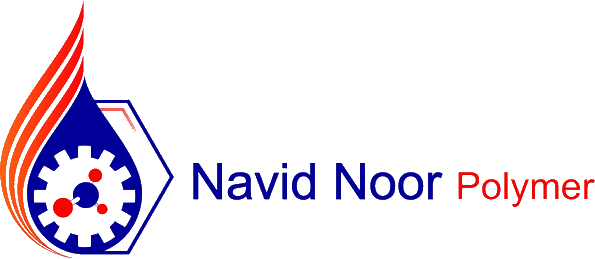
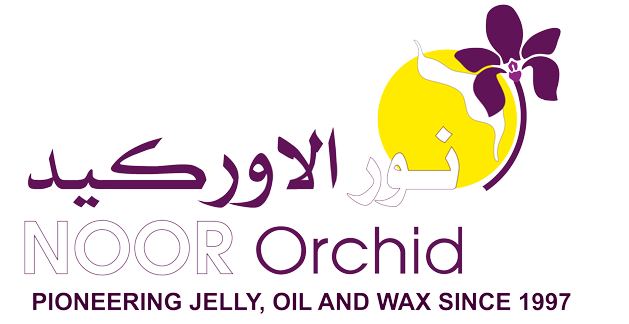





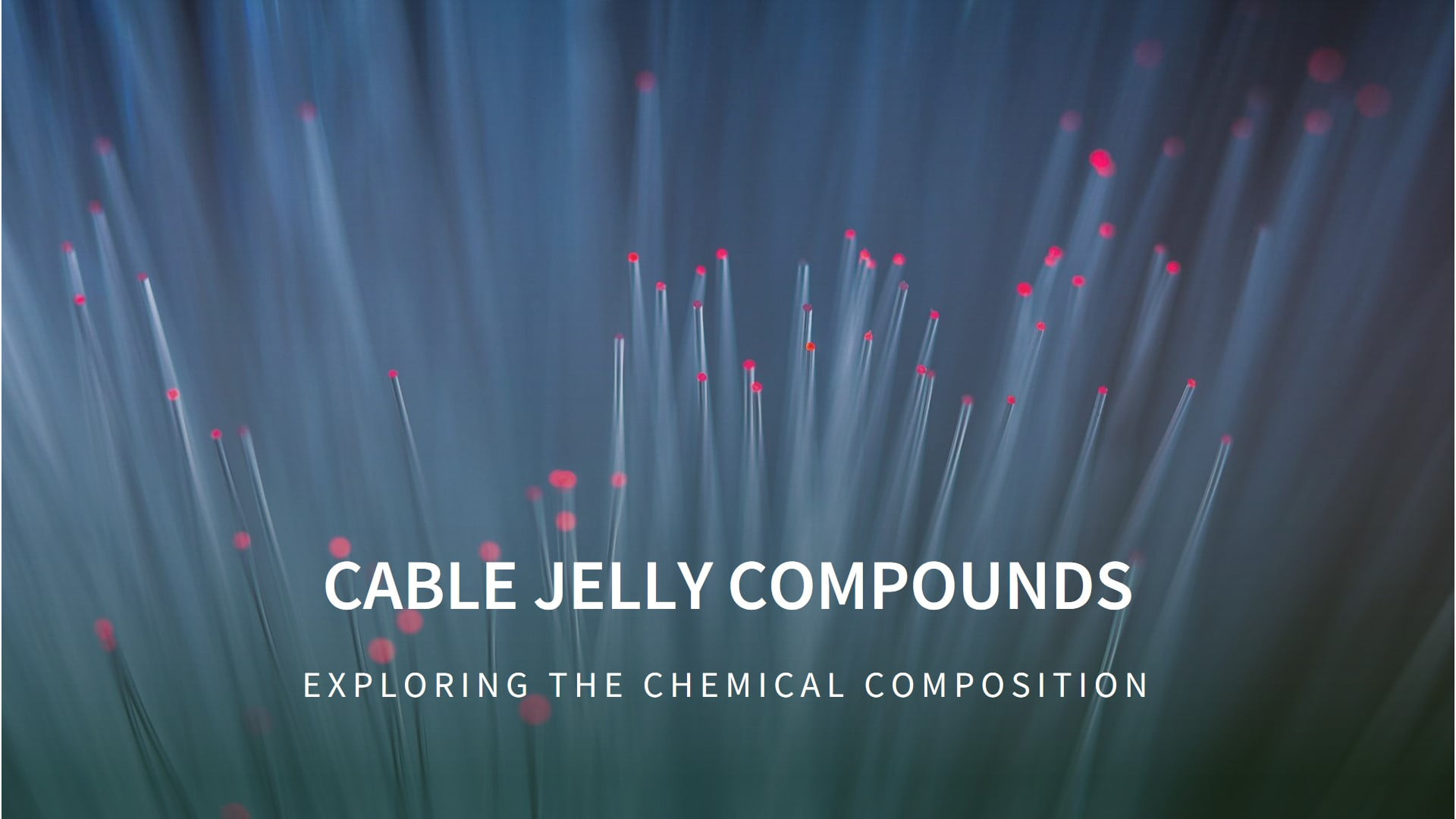
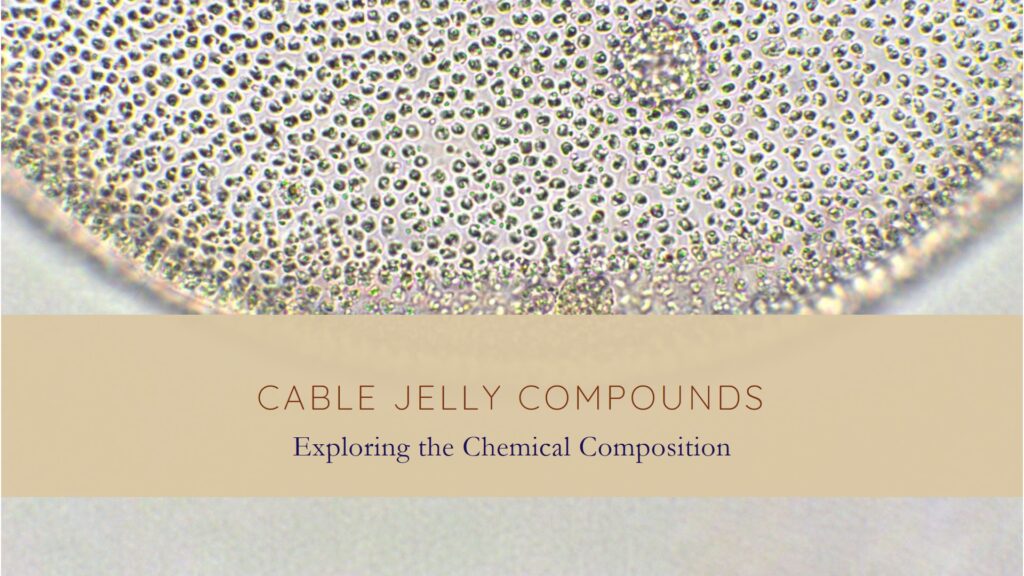
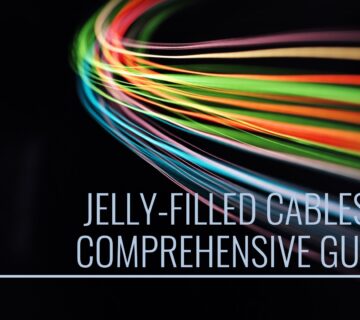

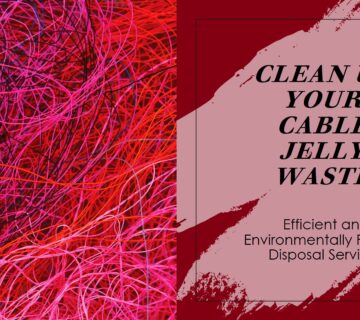
No comment